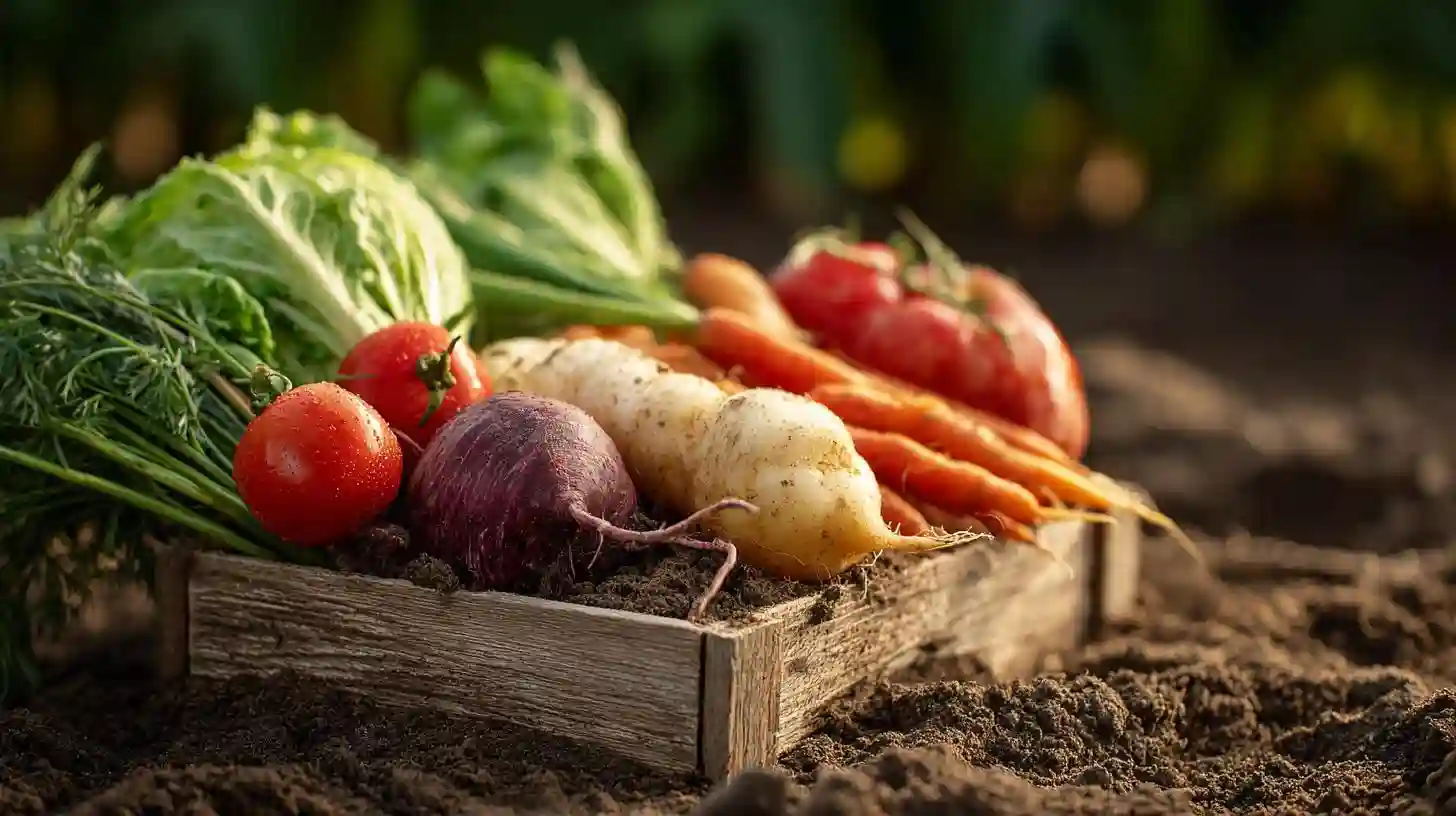
Starting a vegetable garden can be one of the most rewarding and fulfilling experiences for any individual, whether you are a seasoned gardener or someone completely new to the world of plants. The joy of nurturing seeds into thriving vegetables can create a deep connection with nature, while also promoting healthier eating habits and reducing food expenses. However, embarking on this green journey requires some thoughtful planning and knowledge. Below are expert tips to help you cultivate a successful vegetable garden.
Choosing the right location for your vegetable garden is fundamental to its success. Look for a site that receives ample sunlight, ideally six to eight hours a day. This is crucial as most vegetables are sun-loving plants. Furthermore, consider the proximity to a water source as regular watering is essential, especially in the initial stages after planting. The area should also have good drainage to prevent waterlogging, which can lead to root rot and other plant diseases. Avoid shaded areas caused by trees or buildings, as well as spots with poor drainage.
Soil is often referred to as the foundation of any garden, impacting the health and growth of your plants. A healthy soil mixture increases the likelihood of prosperous crops. Before planting, test your soil to check its pH and nutrient levels. Most vegetables prefer a neutral pH of around six to seven. If your soil quality is subpar, consider amending it with organic materials like compost, well-rotted manure, or peat moss to improve texture and nutrient content. These natural additives enrich the soil, enhancing its ability to retain moisture and nutrients.
Once you have prepared your soil, the next step is to choose the right vegetables to grow. Consider your climate, the season, and your culinary preferences. It’s wise to start with easy-to-grow varieties such as lettuce, radishes, and zucchini for novice gardeners. These crops tend to grow quickly and can provide early satisfaction while you gain experience. Research vegetables that thrive in your specific growing conditions and consider planting varieties that are pest-resistant, which can simplify your gardening experience.
Planning your garden layout is crucial for maximizing efficiency and growth. Employ techniques like companion planting, where certain plants are grown together for mutual benefit, enhancing growth and deterring pests naturally. For instance, growing marigolds alongside vegetables can deter nematodes and other garden pests. Keep in mind the spacing of your plants as overcrowding may lead to competition for light and nutrients. Utilizing vertical gardening methods can help save space and create a visually appealing garden.
Watering is an essential part of vegetable gardening. Understanding the specific needs of different plants will help you determine the right frequency and amount to water. Generally, deep watering is more beneficial than frequent shallow watering. Consider watering in the early morning or late afternoon to minimize evaporation and fungal diseases. Mulching around your plants with organic materials can help retain soil moisture and suppress weeds, which compete with your vegetables for resources.
Pest and disease management is another cornerstone of successful vegetable gardening. Instead of relying solely on chemical pesticides, consider integrated pest management (IPM) strategies that include biological controls and organic options. Attracting beneficial insects, such as ladybugs and lacewings, can help control pest populations naturally. Regularly inspect your plants for any signs of disease or pest invasions, allowing for prompt intervention. Establishing a routine for monitoring and managing these challenges can save you from larger problems down the line.
Fertilization is an integral component of healthy vegetable growth but should be done thoughtfully. Over-fertilizing can lead to excessive leaf growth at the expense of fruit and vegetable production. Use organic fertilizers whenever possible, as they provide essential nutrients without the risk of harmful chemicals entering the food chain. Timing your fertilization based on the growth stage of your plants can also enhance their productivity. For example, during the flowering and fruiting stages, plants may need additional nutrients to support their growth.
Finally, patience is a virtue in the world of gardening. Plants take time to grow, and the journey from seed to harvest is filled with lessons and surprises. Celebrate the small victories along the way, whether it’s the first sprouts breaking through the soil or the first ripe tomato of the season. Each season brings new opportunities to learn and improve your gardening skills, so embrace the experience. By following these tips and nurturing your passion for gardening, you're on your way to experiencing the joys of enjoying homegrown vegetables fresh from your own garden.